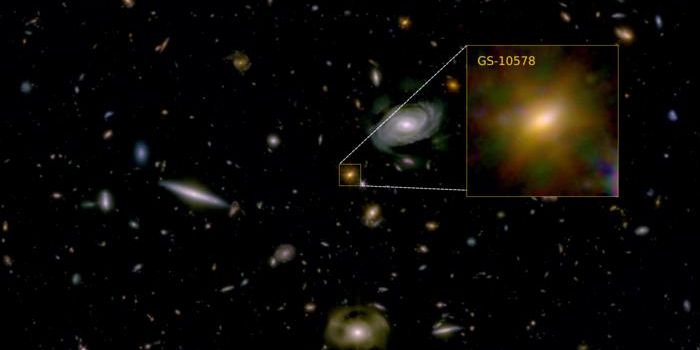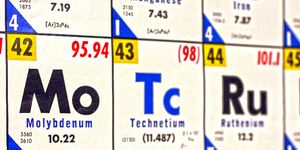Does Proxima b Have a Global Ocean?
The mysterious world from the nearby system Proxima Centauri that we know as Proxima b was recently announced to be very Earth-like in structure and exist in the system’s habitable zone.

Image Credit: ESO/M. Kornmesser
It took the space research community by storm because it further increased our interest in studying another system up close. Of course, at 4.2 light years away, it’s still quite far away. Our best hope so far at getting there is with Stephen Hawking’s proposed Breakthrough Starshot initiative, which has had its fair share of criticisms.
Now, astronomers from the French National Center for Science Research suggest that the Proxima b may even have a global ocean, which means flowing liquid water could be present across the entire surface of the exoplanet. Their findings appear in an online paper.
If the planet wasn’t interesting already based off of what we already knew, then this just made things even more so.
Based off of the planet’s existence in its star’s habitable zone, this is big news, because it means the planet might be capable of supporting life forms of some kind, whether microbial or simplistic.
Looking at the exoplanet and trying to learn more about its mass and composition, researchers have found that Proxima b must have a minimum radius of 5,990 kilometers and probably has a very dense metal core like the Earth does.
We don’t know the exact radius of Proxima b, but based off of what we know, it’s somewhere between 5,990 and 8,919 kilometers. Comparatively, Earth’s radius is 6,371.
If Proxima b has a metal core like the Earth does, then most of its mass is found at the core, and the surrounding layers would have to be less dense, just like on Earth. If Proxima b is on the larger side of the radial figures discussed earlier, then a global liquid ocean up to 200 kilometers deep is a pretty good explanation for its mass/size ratio.
For now, all we have are mathematical figures. We have yet to be able to study Proxima b up close, and the only way we can confirm the exoplanet has a liquid ocean on its surface is to either study the planet as it transits its host star, or to send a spacecraft out there to study it.
Unfortunately, due to the unpredictable qualities of the system, it’s really hard to tell when the exoplanet is transiting across its host star’s surface, so this method may be out the window.
Either way, this is going to be a challenge, but if we’ve found Earth’s long-lost brother that’s capable of supporting life, it may still be worth exploring.
Source: CNRS (Google Translate)








